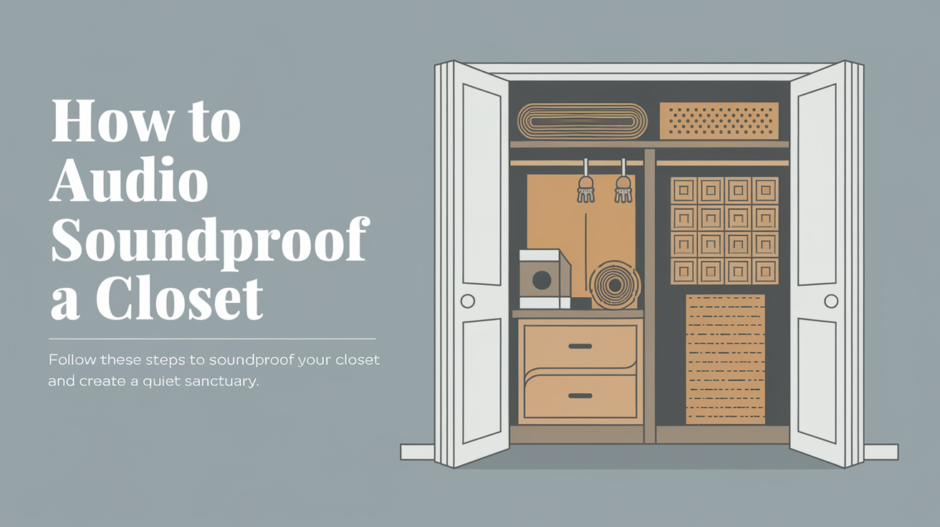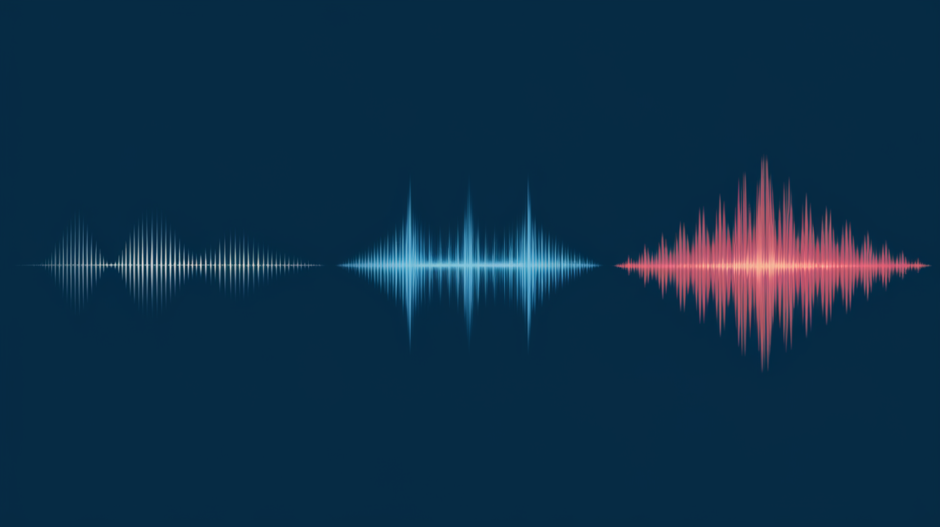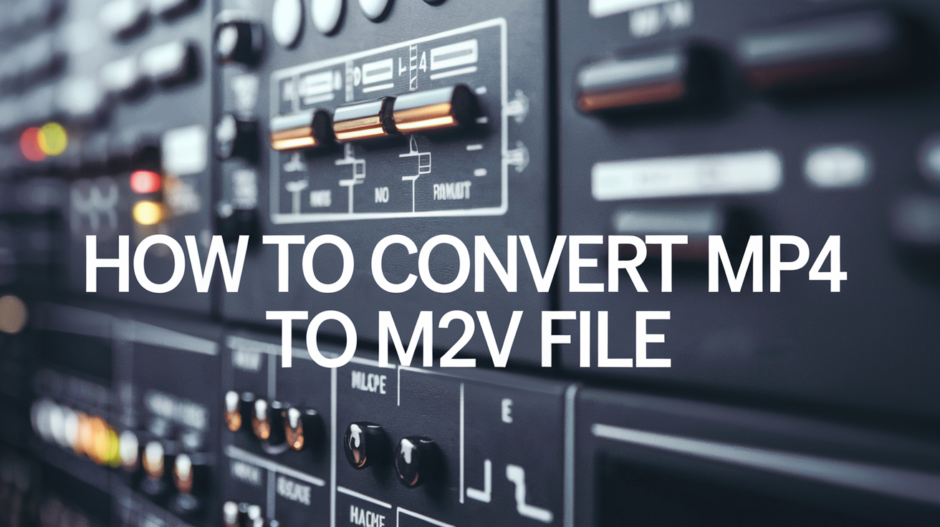Whether you’re an audiophile, a sound engineer, or a casual listener, selecting the appropriate audio format is essential. Different formats offer varying advantages and disadvantages in terms of sound quality, file size, and device compatibility.
In this article we will take a deep dive into which audio format is the best and which one you should use!
Understanding Audio Formats
Before diving into specific formats, it’s important to understand the basics of audio quality and compression.
Lossy vs. Lossless Compression
- Lossy Formats These formats remove audio data to reduce file size, which results in lower quality. Examples include MP3, AAC, and OGG.
- Lossless Formats These formats retain 100% of the audio data to maintain the highest quality, resulting in larger file sizes. Examples include FLAC, ALAC, and WAV.
Bitrate and Its Impact on Quality
- Higher bitrate = Better sound quality but larger file size
- Lower bitrate = Smaller file size but reduced quality
For example, an MP3 file at 320 kbps will sound clearer than one at 128 kbps due to the higher bitrate.
Popular Audio Formats and Their Uses
MP3 (MPEG-1 Audio Layer 3)
- Best for: Casual listening, streaming, and portable devices
- Pros: Good sound quality at 320 kbps, small file size, universal device support
- Cons: Sound quality loss due to lossy compression
AAC (Advanced Audio Codec)
- Best for: Apple devices and popular streaming platforms.It also offers support for flipped learning models, making it a versatile option for educational environments where interactive and flexible content delivery is essential.
- Pros: Better quality than MP3 at the same bitrate, used by Apple Music and YouTube
- Cons: More limited device support compared to MP3
FLAC(Free Lossless Audio Codec)
- Best for: Audiophiles
- Pros: Open-source, smaller size than WAV while maintaining perfect sound quality
- Cons: Larger files than MP3/AAC, limited support on older devices
WAV (Waveform Audio File Format)
- Best for: Professional recording and editing
- Pros: Uncompressed raw audio, ideal for editing
- Cons: Very large file size, impractical for casual listening
ALAC (Apple Lossless Audio Codec)
- Best for: Apple users seeking lossless audio
- Pros: High-quality lossless format with native Apple device support
- Cons: Much larger files than MP3/AAC, limited compatibility outside the Apple ecosystem
OGG (Ogg Vorbis)
- Best for: Gaming, streaming, and open-source projects
- Pros: Better compression than MP3, popular in video games and Spotify
- Cons: Limited device support
DSD (Direct Stream Digital)
- Best for: High-resolution audio enthusiasts and SACD collectors
- Pros: Extremely high audio quality
- Cons: Requires special hardware, very large file sizes
Comparison of Audio Formats
| Format | Compression | Quality | File Size | Compatibility |
|---|---|---|---|---|
| MP3 | Lossy | Good | Small | Universal |
| AAC | Lossy | Better than MP3 | Small | Apple, Streaming |
| FLAC | Lossless | Excellent | Large | Audiophile setups |
| WAV | Uncompressed | Studio-quality | Very Large | Editing software |
| ALAC | Lossless | Excellent | Large | Apple devices |
| OGG | Lossy | Better than MP3 | Small | Games, Open-source |
| DSD | Uncompressed | Ultra High | Very Large | High-end audio |
Best Audio Format for Different Use Cases
- Casual Listening: MP3 (320kbps) or AAC
- Audiophiles: FLAC or DSD
- Professional Recording: WAV or FLAC
- Streaming Platforms: AAC or OGG
- Open Source Projects & Gaming: OGG
How to Convert Between Audio Formats
To convert between formats, consider these tools:
- Audacity (open-source)
- Freemake Audio Converter (Windows)
- Zamzar or Convertio (online)
We have many articles on our website that cover converting different audio formats such as How to Convert MP4.dat File to MP4 and How to Convert MP4 to M2V File
Important Note: Converting from lossy formats (like MP3) to lossless formats (like FLAC) will not improve audio quality—it will only increase file size.
Frequently Asked Questions
Which is better, MP3 or AAC?
While MP3 has broader compatibility, AAC offers better audio quality at the same bitrate.
What is the best lossless audio format?
FLAC and ALAC are the most popular and efficient lossless formats.
How much space do high-quality formats require?
FLAC and WAV files are significantly larger than MP3s. A single song can occupy 30-50 MB.
Is WAV better than FLAC?
WAV is uncompressed and preferred for editing, while FLAC offers compressed files without quality loss, making it more practical for storage.
Which audio format is the best?
Well, one isn’t better than the other, and as covered in this article it really depends on what you will end up using it for.
Conclusion
The best audio format depends on your specific needs. For casual listening, MP3 or AAC is perfectly adequate. If you prioritize audio quality, consider FLAC or WAV.
Professional audio editing requires WAV while streaming platforms typically use AAC or OGG. When choosing a format, always consider the balance between sound quality, storage requirements, and device compatibility.







